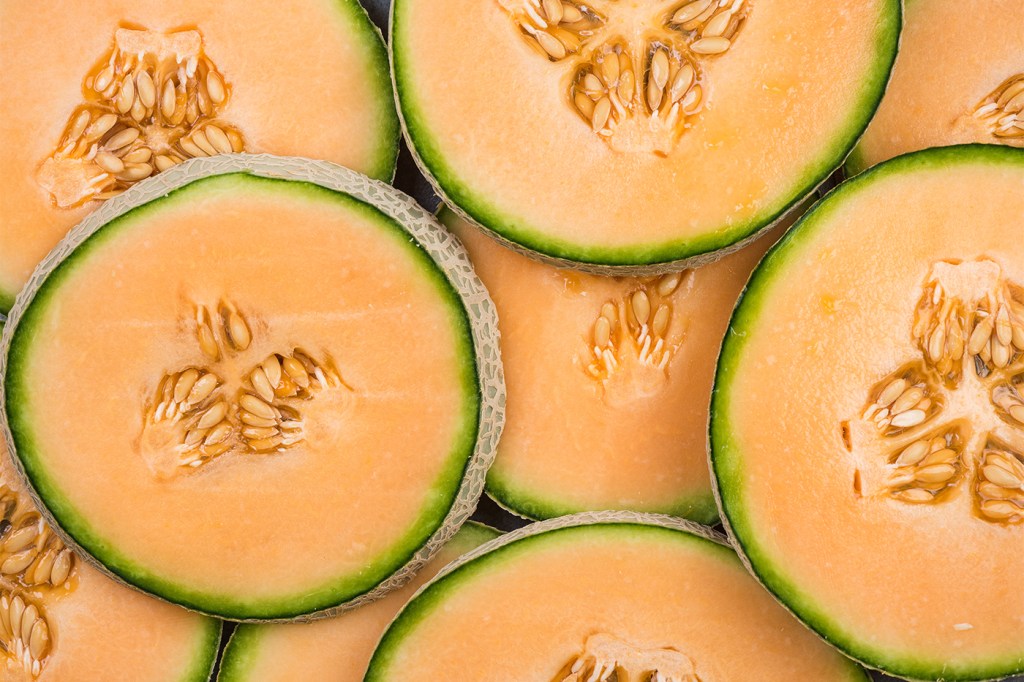Why cantaloupe is a fruit you should avoid — recall or not — food safety expert says

A recent salmonella outbreak led to hundreds falling ill and eight people dead across the United States and Canada. The culprit? Cantaloupe.
The Food and Drug Administration issued a recall for several brands of cantaloupes after connecting the fruit to an outbreak of salmonella that left at least 230 people ill and 96 hospitalized as of Dec. 7, according to The Centers for Disease Control and Prevention. The CDC also noted in its alert that the illness has struck people in long-care facilities and child care centers, creating particular cause for concern.
This is not the first time cantaloupe was behind a food poisoning outbreak. In 2011, a listeria outbreak that killed 33 and sickened 147 people was linked back to the fruit, in what The Washington Post called “one of the most deadly outbreaks of food-borne illnesses in decades.”
The recall extends beyond whole melons to food trays and pre-cut cantaloupe.
Northeastern associate teaching professor and food safety expert Darin Detwiler says that the nature of the fruit — its textured skin is difficult to clean and can trap bacteria — means all cantaloupe can cause food poisoning.
Detwiler explains why cantaloupe is actually a food to avoid — recall or not.

What was your reaction to the recent cantaloupe recall due to a salmonella outbreak?
Many have commented that, in the Netflix documentary “Poisoned: The Dirty Truth About Your Food,” I mentioned cantaloupe as a food that I avoid. The 2011 “Jensen Brothers” cantaloupe listeria outbreak (that killed 33 people) is a landmark event — but not alone. I was not surprised, but I do feel as if we as consumers were lulled back to a sense of safety with this produce.
How does cantaloupe differ from other melons and fruits?
The outside is impossible to properly clean — the only “kill step” — to prevent contamination on the inside. (When you slice a cantaloupe with a knife, for example, any contaminants on the outside are transferred to the inside.) Twenty years ago, I visited a USDA research lab where scientists tried with no success to find a way to sanitize the fruit without impacting its quality.
Can the outer skin of the fruit still impact the safety even if it’s removed?
Yes … but people rarely ‘peel’ a cantaloupe. I even learned that the USDA explored the idea of cross-breeding cantaloupe with honeydew melons to have the inside of a cantaloupe and the smooth exterior of the honeydew. … We obviously see that in the stores.
Why should people avoid pre-cut cantaloupe? Is it particularly unsafe compared to the whole fruit?
The reason why people shouldn’t eat pre-cut cantaloupe is that they would not know how long it has been since the cantaloupe was cut. You see, once the knife is drawn through the rind and onto the part we consume, any pathogens on the outside are now on the inside.
Pre-cut cantaloupe sold at the store is particularly more hazardous because of how much pathogen growth can take place over even a short period of time. Many are familiar with the little white specs that can be found on leftover cantaloupe. … That is a high count of pathogens that are in the tens of thousands!
The pH is at a level that supports rapid growth of pathogens.
Erin Kayata is a Northeastern Global News reporter. Email her at e.kayata@northeastern.edu. Follow her on X/Twitter @erin_kayata.






